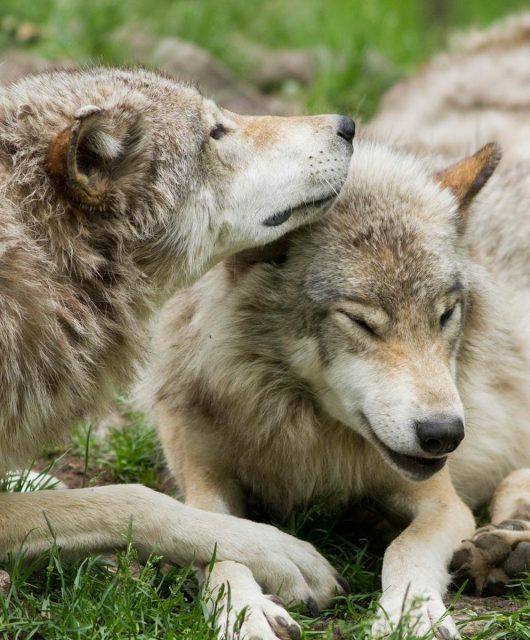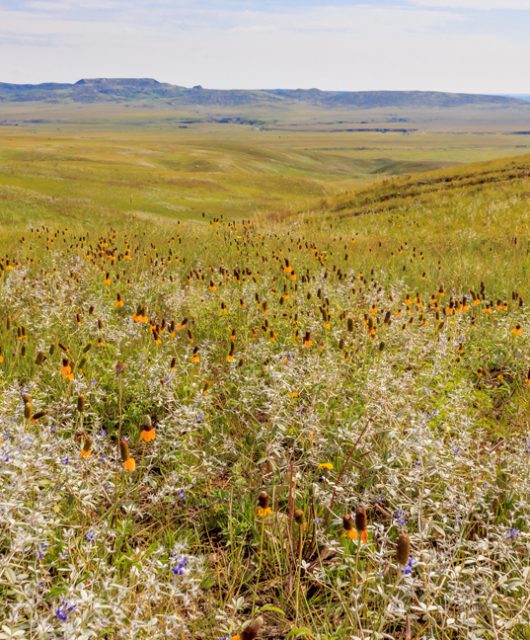CWF has invested time in native wildflower seed collecting.
In 2018-2019, we gathered seeds for use in our rights-of-way meadow restoration test plots. These test plots have been establishing with our partners; Hydro One, Lanark County and the National Capital Commission. We also donated seeds to Ferguson Tree Nursery to support their new initiative to develop a source of native plant seeds for future large-scale restoration projects.
In September 2019, the Canadian Wildlife Federation hosted a workshop with guest presenter Amber Barnes from Project Wingspan in the U.S. This project was initiated by Pollinator Partnership and provides training to seed collectors supporting pollinator restoration projects. Amber described proper seed collection etiquette while CWF’s Holly Bickerton described target wildflower species for the Ottawa area.
Using these protocols, we collected seeds from 40 different species from 96 different populations in the Ottawa area.
Below are 10 tips for seed collecting, in brief.
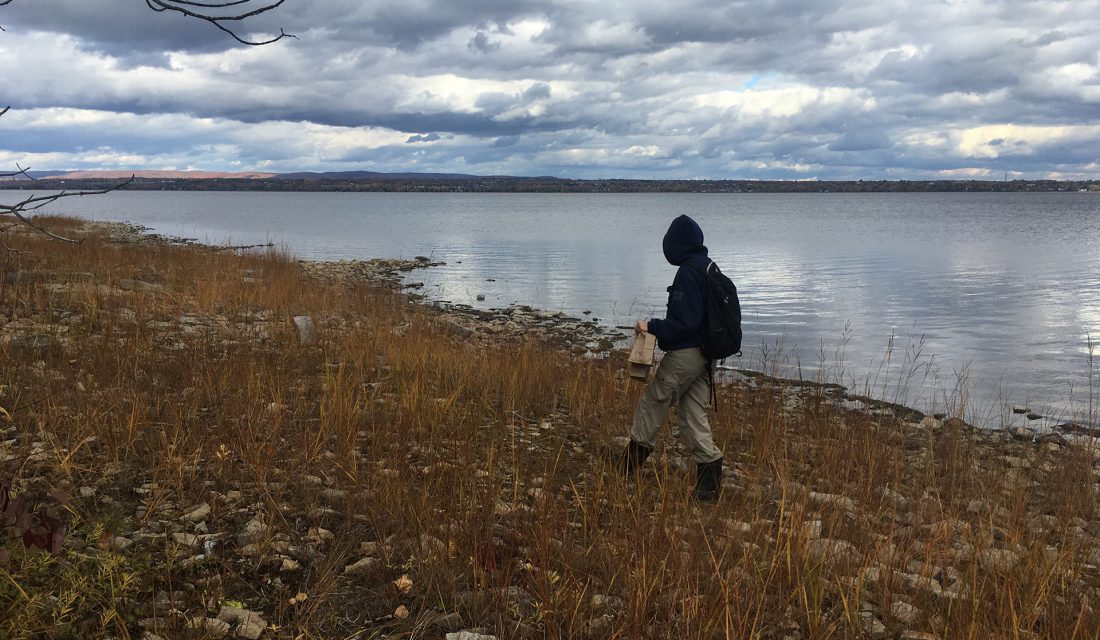
1.Ask permission
Ask permission from land owners before entering lands and collecting seeds.
2. Do not deplete the natural seed bank
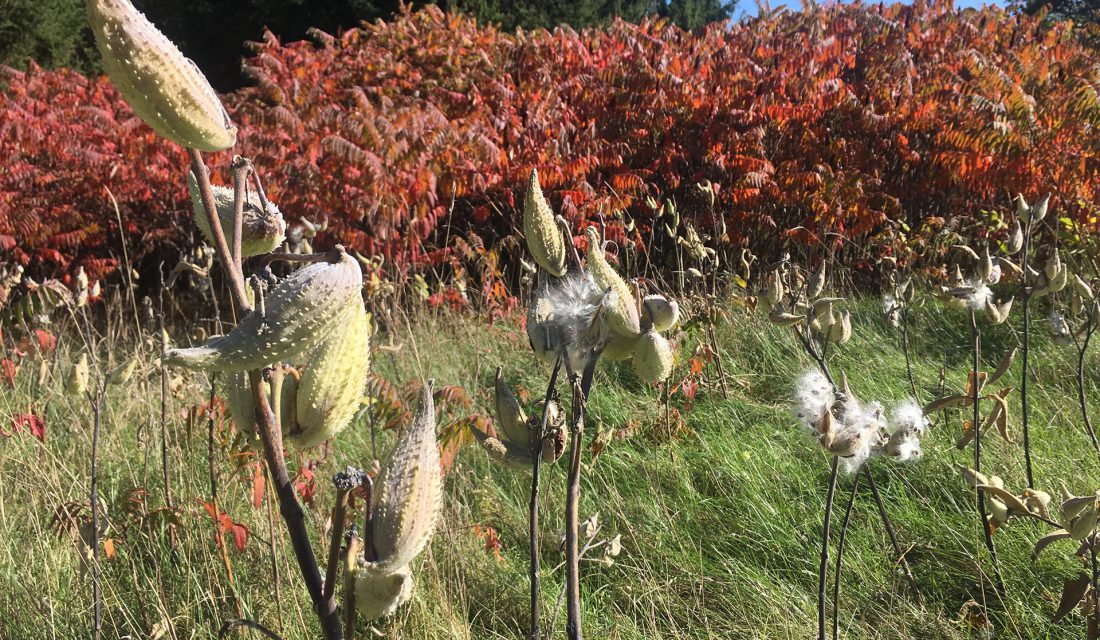
Collect no more than 20 per cent of the seeds produced in the population. Doing so ensures most of the seed remains in the local ecosystem, replenishing the soil seed bank and feeding native insects, birds and mammals.
3. Scout plant populations during flowering season
Scouting areas during the flowering season is critical because relocating plants can be difficult once they have turned brown from frosts. Colourful flowers make it easy to delineate the extent of the population on the landscape.
If landowners allow it, flag the population (or tie pieces of coloured string on the plants) to relocate the plants once they are brown. The person who located the population should be one of the collectors — this person has a mental map of the distribution of the plants and can save travel time.
4. Stay close to home or work
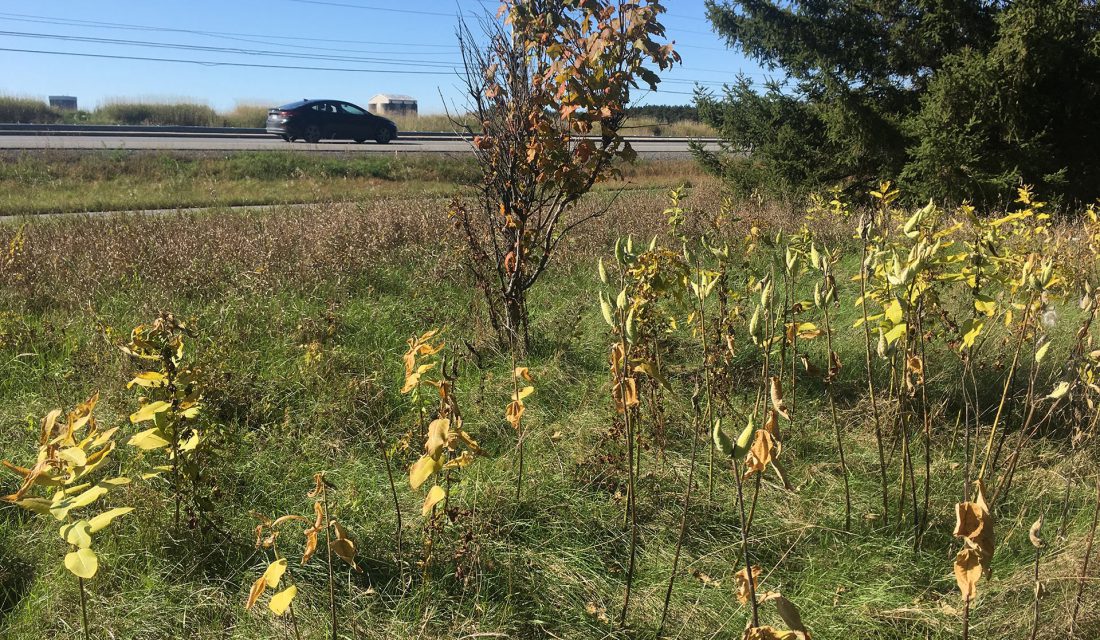
Collect seeds near the home or work of the collector(s). Populations can be visited multiple times because seed maturation rates vary. Being close to the site makes frequent visits easier and reduces fossil fuel consumption.
5. Minimum population size
Populations should contain a minimum of 50 plants to ensure adequate genetic diversity is sampled and to ensure the population is robust enough to support seed losses. Plants collected within a five kilometre radius can be considered a single population (pollinators travel such distances).
6. Collect only mature seeds
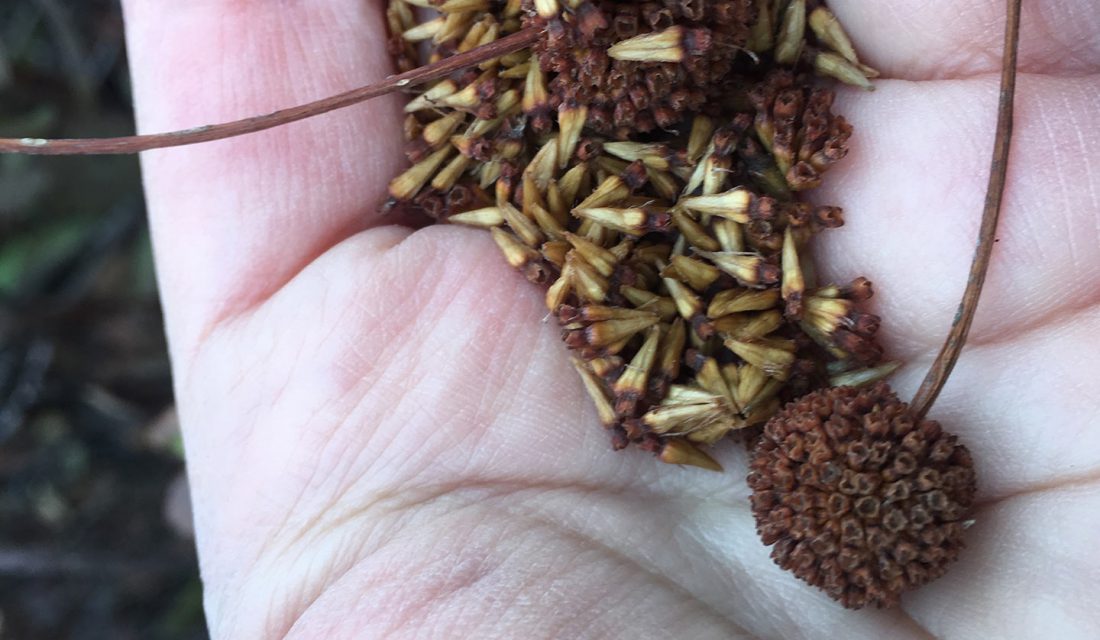
Seeds should not be collected too early as they will not be viable. Left too long, however, the seeds may start dispersing before collections are made. Timing is of the essence!
7. Keep detailed notes
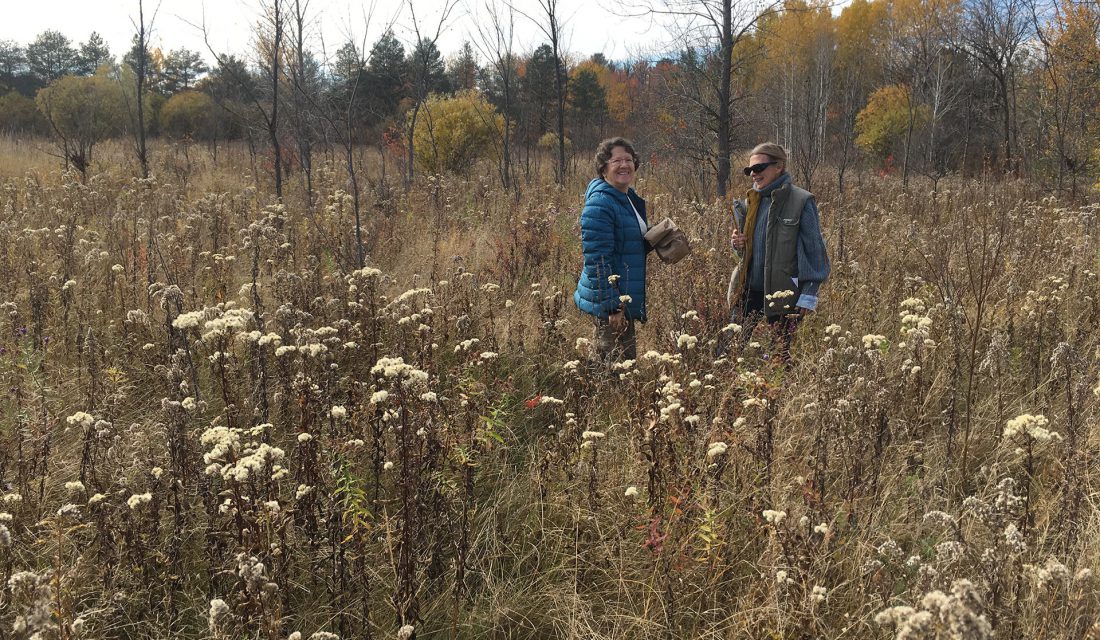
Record information about the following:
- Location of the population (ideally with GPS coordinates)
- Date collected
- Collectors’ names
- Notes about the plants
8. Seeds should never be left to bake in a hot car
Like most living things, newly matured seeds can be sensitive to temperature extremes. The embryos within may die if exposed to extreme heat. Take care of your seeds after collecting. It’s best to collect the seeds in paper bags, not plastic. Label the bags with collection information.
9. Dry seeds immediately
Seeds should be spread out and dried immediately after collection for three days to ensure they are completely dry. Don’t be surprised if critters crawl out of the drying seeds!
10. Seed cleaning takes time
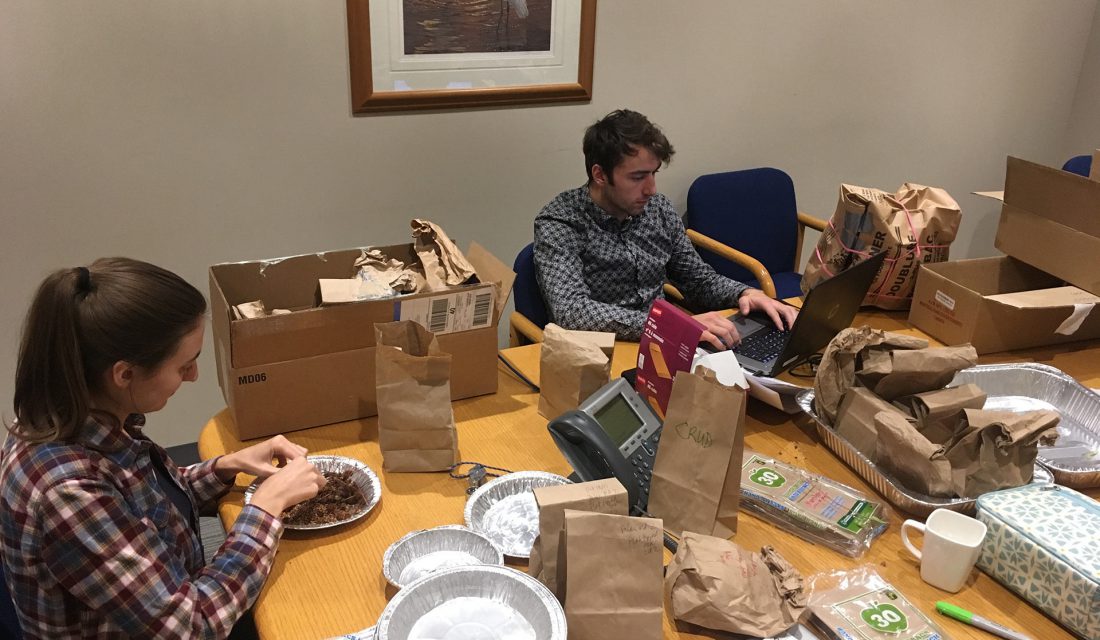
It takes a lot of work to clean native seeds but the results for our Monarchs and other pollinators are well worth it!

